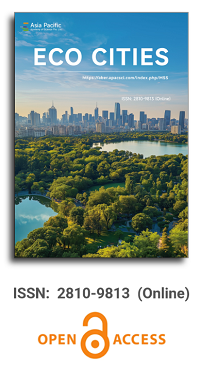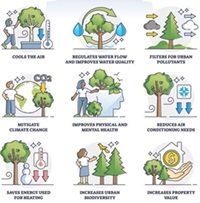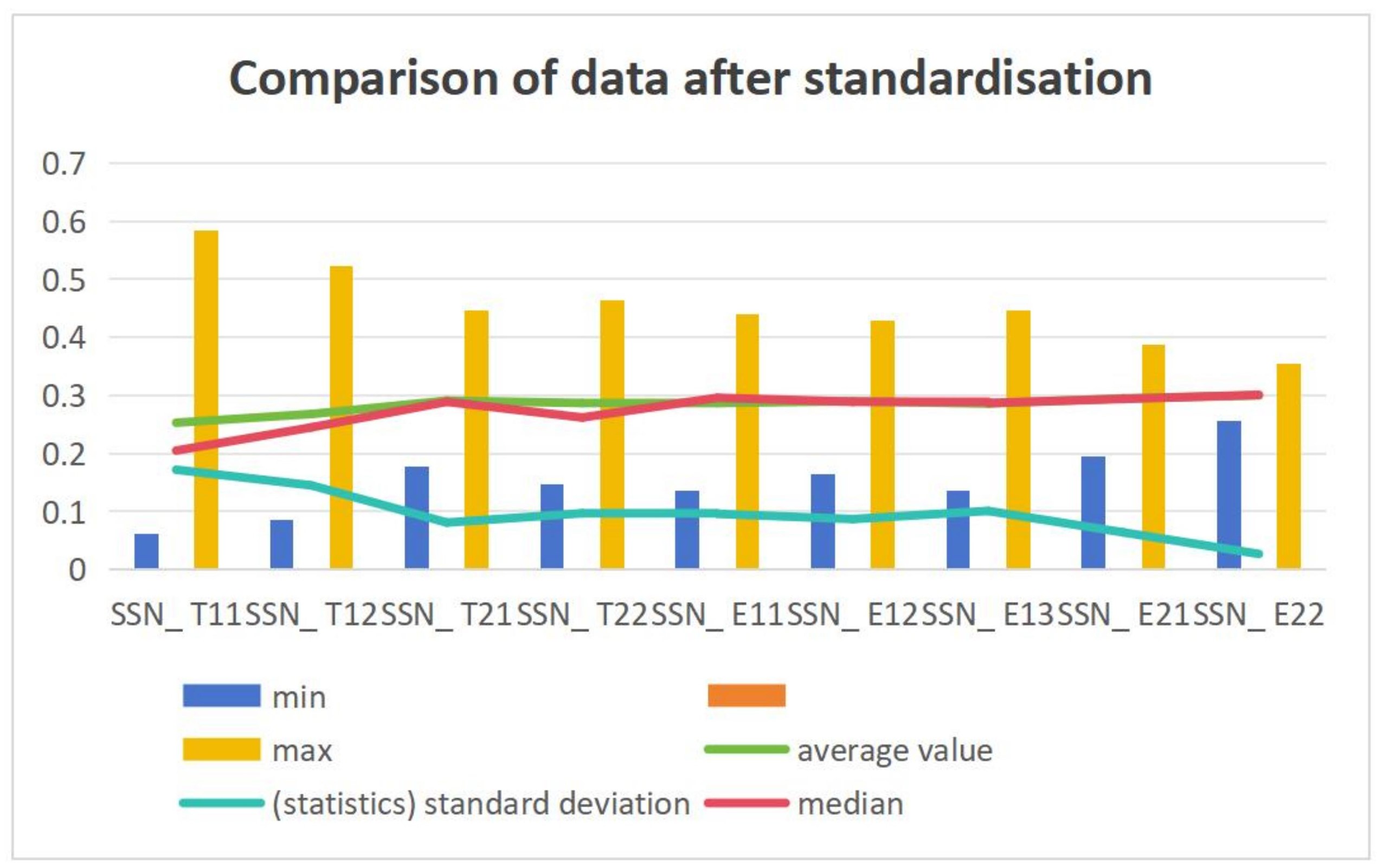


Volume 3, Issue 1 offers readers an exploration of how to protect and improve urban ecology from novel research perspectives, emphasizing the importance of biodiversity conservation. To tackle urban ecological problems, this issue discusses strategies for protecting and restoring the urban ecological environment, as well as the factors that influence it. Furthermore, the application of artificial intelligence technology provides fresh ideas for scholars conducting urban ecological research.
Issue release: 30 June 2022
Biodiversity is the immune system of river ecological health. Restoration and improvement of urban river biodiversity and the return of life to rivers are the main goals and important tasks of river ecosystem restoration. Taking the Wuyuan River located in Xiuying District, Haikou City, as the research object, based on the ecological environment and biodiversity background before river restoration, the design technology and practice of Wuyuan River ecosystem restoration were discussed, and four strategies of ecological restoration were put forward: 1) River ecological restoration—three-dimensional ecological space reconstruction. 2) Riparian ecological restoration—flexible ecological riparian design. 3) River-wetland synergy—River-wetland complex construction. 4) Multi-functional habitat restoration—life landscape river reconstruction. Based on the goal of biodiversity improvement, the innovative path and mode of urban river ecosystem restoration were explored from the perspective of life-landscape river restoration. Finally, the biodiversity of the Wuyuan River after restoration was evaluated. The results showed that the habitat types of the Wuyuan River after restoration were diverse, the habitat quality was good, and the improvement effect of biodiversity was obvious. The practice of ecological restoration shows that urban river ecological restoration aimed at the improvement of biodiversity is more conducive to the overall protection of urban river ecosystems and the optimization and improvement of river landscape quality.
Issue release: 30 June 2022
The global, large-scale urbanization of the territory is one of the most important ecological phenomena today. The standards used in urban growth are crucial to the protection of biodiversity and affect the provision of a reasonable quality of life for the urban population. Contrary to the views of many biologists and other scholars, cities are barren environments. Contrary to nature, urban ecology is a necessary interdisciplinary science. Recent developments show that cities are heterotrophic ecosystems that need to be planned in a way to reduce their impact on the biosphere and improve their ability to maintain biodiversity.
Issue release: 30 June 2022
Through a theoretical review, the potential application of the genetic protection concept in urban green spaces was discussed. Usually, urban green space is regarded as a part of urban real estate, and its use is often related to the aesthetics of the city. Its planning does not consider technical or scientific aspects. In addition, the study of cities ignores the genetic conditions of species in a generally hostile environment. It is suggested to carry out genetic protection research in order to improve the quality of biodiversity in urban green spaces and achieve greater functional purpose.
Issue release: 30 June 2022
This work is carried out within the framework of sgcyt approved research project “environment and sustainability in architecture and cities” (PI c007-2013). It aims to explore the planning of an intermediate city with innovative concepts or optics, understand its relationship with natural physical support, and find mechanisms to solve a large number of complex aspects of urban problems after appropriate diagnosis. Taking urban underground engineering as an example and based on the actual work of A5 UPC, this paper makes a useful reference. It identifies four categories and proposes planning guidelines based on landscape environmental standards as the main tool for urban improvement.
Issue release: 30 June 2022
Since the 19th century, the process of industrialization and urbanization in Britain has not only created huge material wealth but also had heavy negative effects on human society. Among them, air pollution is one of the costs and has become a major obstacle to the construction of an ecological city. London first analyzes and treats the causes of smoke and air pollution, and then treats the sulfur dioxide and lead pollution in automobile exhaust. Since the new century, it has focused on the monitoring and treatment of nitrogen dioxide and inhalable suspended particles. From air legislation to the mayor of Greater London’s air quality strategy, from congestion fees to low emission areas, from green travel represented by bicycles to the treatment of dust on the construction site streets, it shows that the London municipal government’s treatment of air pollution is becoming more and more in-depth and comprehensive, and the means to control air pollution are also innovating.

Chinese Academy of Sciences, China
Indexing & Archiving
Asia Pacific Academy of Science Pte. Ltd. (APACSCI) specializes in international journal publishing. APACSCI adopts the open access publishing model and provides an important communication bridge for academic groups whose interest fields include engineering, technology, medicine, computer, mathematics, agriculture and forestry, and environment.


 Open Access
Open Access

.jpg)

.jpg)



